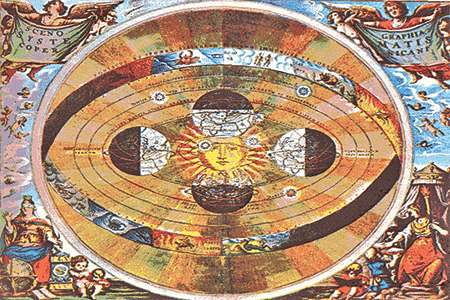All about Yerba Mate. Analysis and Health.
 |
Analysis and Health Long before any chemical analysis was done on yerba mate, it was widely used by the Guaraní indians as they were well aware of its many health-related properties, among them increased resistance to fatigue, thirst and hunger. In an effort to find the source of such interesting properties, Yerba mate has been analysed many times in chemistry labs to determine its components. They have shown a great variety of results, most of which indicate a significant level of nutritional elements. So far it has not been established what the influence that these components have especially in terms of the other different variables (i.e. the soil composition, the wild or cultivated nature of the plant, the purity of the product or the characteristics of the manufacturing methods). Nutritional Information shows that yerba mate has a very good nutritional value and the results of one such study is shown here as an illustration. A hundred grams of yerba mate brewed with one litre of water have approximately the following: Potassium: 681.85 mg Magnesium: 167.60 mg Iron: 0.33 mg Sodium: 4.57 mg Phosphorus: 93.00 mg Vitamin C: 2.55 mg Niacin: 12.98 mgThe effect of yerba mate as an important stimulant has been the focus of several researchers. The substance responsible for the stimulant effect in mate is the subject of much controversy. While some insist it is a special xanthine specific to mate, called matein, others claim that this special substance is no other than caffeine that appears in yerba mate bound to some specific elements. The following citations illustrate this controversyResearchers at the Free Hygienic Institute of Hamburg, Germany, concluded that even if there were caffeine in mate, the amount would be so tiny that it would take 100 tea bags of mate in a 6-ounce cup of water to equal the caffeine in a 6-ounce serving of regular coffee. Consequently, the active principle in Yerba mate is not caffeine!While others,In recent U.S. marketing campaigns, yerba maté marketers claim that yerba maté contains no caffeine—rather, a chemical similar to caffeine called mateine. Mateine, they say, possesses all the benefits of caffeine and none of its negative effects (or so they would have consumers believe). Fact: yerba maté does contain caffeine. It has been phytochemically and scientifically identified, documented, verified, and validated to contain caffeine for many years by independent phytochemists and scientists around the world (“independent” being the operant term here). This fact continues to be confirmed by independent research every year. The caffeine content of yerba maté has been assayed to contain between 0.7 and 2%, with the average leaf yielding about 1% caffeine. In living plants, xanthines (such as caffeine) are bound to sugars, phenols, and tannins, and are set free or unbound during the roasting and/or fermenting processes used to process yerba maté leaves, coffee beans and even cacao beans. The mateine chemical “discovered” is probably just caffeine bound to a tannin or phenol.Those that consider yerba mate contains caffeine even compare its content with that of other infusions, concluding that it has slightly less caffeine that coffee itself. So there still much work to be done on this area. |
 |
|
|
ФИТНЕС и МАТЭ?
За последние несколько лет оригинальный напиток матэ, представляющий собой отвар из листочков и веточек Парагвайского падуба, стал очень популярным и модным среди тех, кто думает о собственном здоровье. В Южной Америке этот напиток настолько любим, что для выездных матчей сборной Аргентины по футболу специально создали форму растворимого матэ, помогающую насладиться этим напитком и оздоровить тело, не отрываясь от активного образа жизни. Матэ рекомендуется пить сразу же после занятий на тренажерах или силовой аэробной нагрузки, так как он препятствует накоплению молочной кислоты в мышцах и быстро компенсирует потерю организма жидкости вместе с минералами и витаминами. Парагвайский чай (матэ) – прекрасное средство от авитаминоза, особенно в весенний период и осенний, в напитке содержатся витамины С, А, Р, а также все витамины группы В, а ещё в нем есть магний, натрий, марганец, сера, марганец, хлор, кальций, калий и цинк.Благодаря наличию в матэ уникального ксантина – матэина, напиток способен подарить бодрость на 8-10 часов, не вызывая при этом привыкания, учащенного сердцебиения и бессонницы.В виду того, что при употреблении матэ в первые 15-20 минут происходит расслабление гладкой мускулатуры, мы рекомендуем пить этот напиток непосредственно перед различными косметическими процедурами и массажем.Матэ является антиоксидантом, и потому его употребление способствует общему омолаживанию организма, в том числе и кожи.




